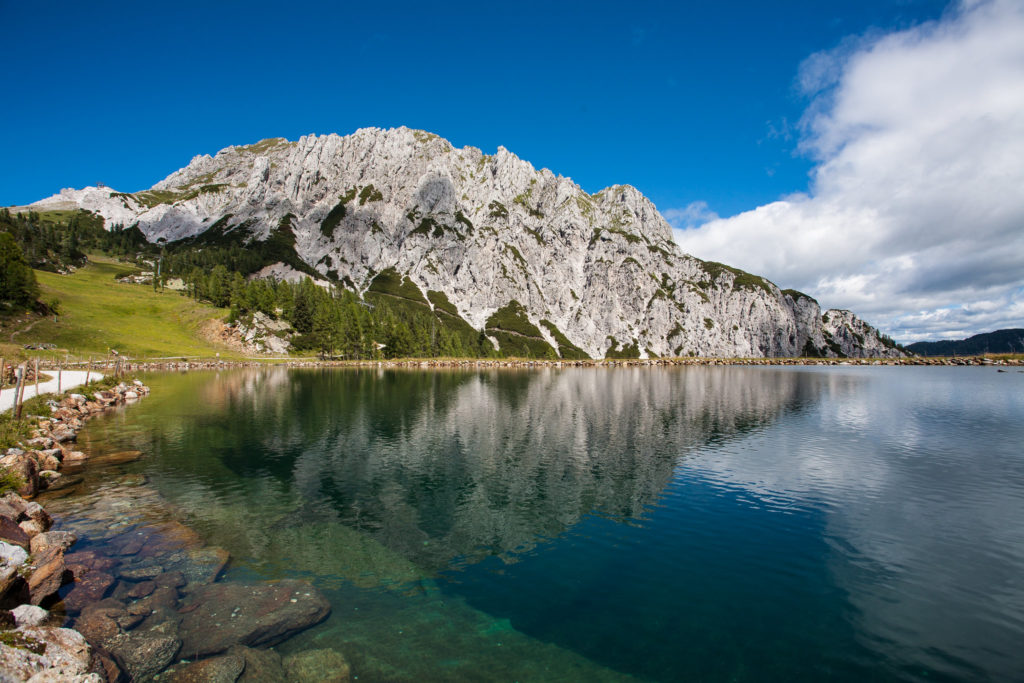The largest animal extinction event in recorded history occurred 251 Ma at the Permian-Triassic boundary coinciding with expansive marine anoxia. In a new study, led by postdoc Feifei Zhang, of a greatly expanded dolomite section from the Carnic Alps, Austria, marine anoxia is found to have expanded in two pulses separated by ~100,000 years.
Global biogeochemical modelling suggest that volcanic eruptions triggered CO2 release, global warming and enhanced continental weathering that constitute the main source of biolimiting nutrient, phosphorous, via rivers into the oceans. Further, loss of terrestrial vegetation might explain the intervening oxygenated ocean state.

